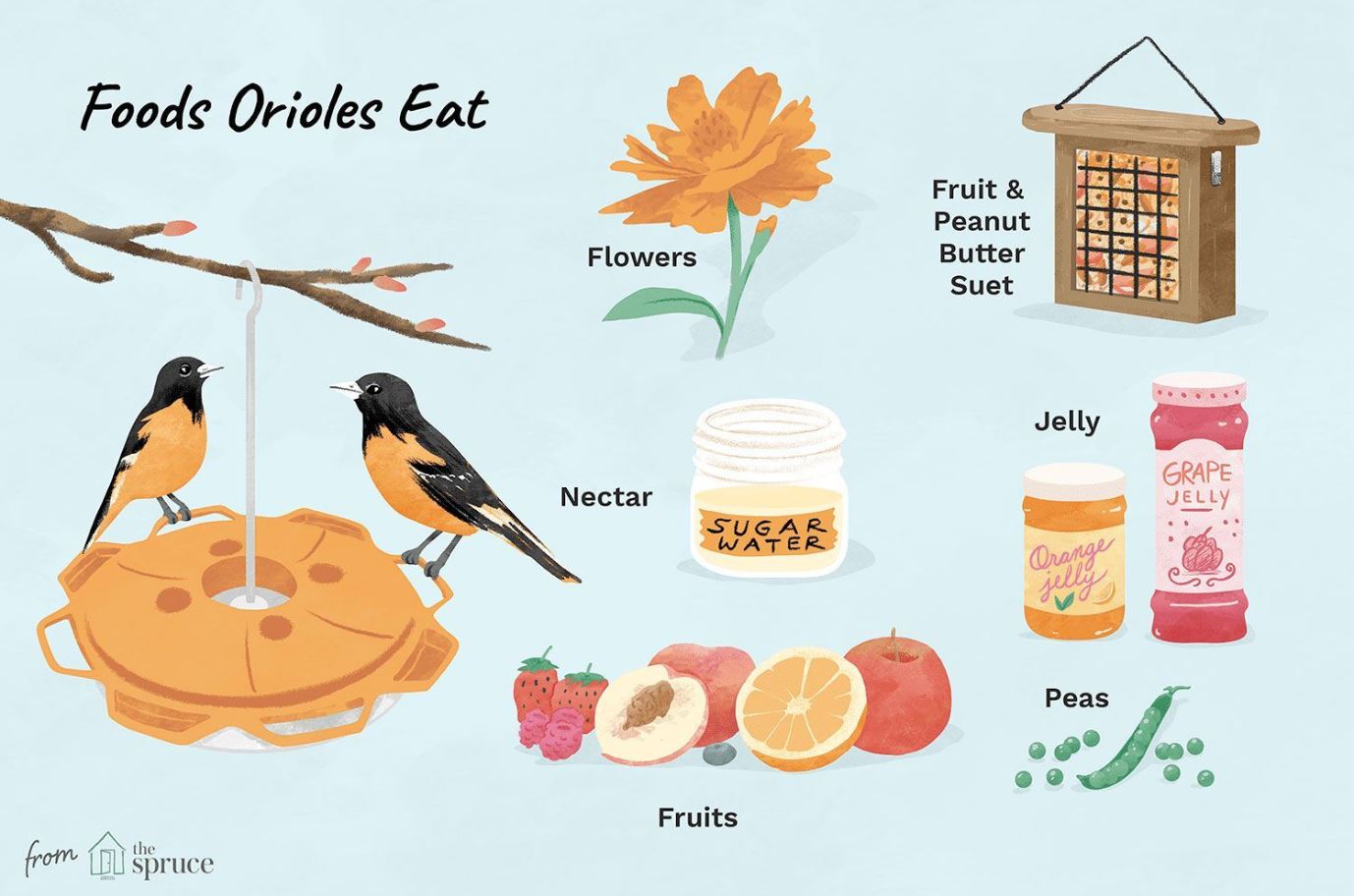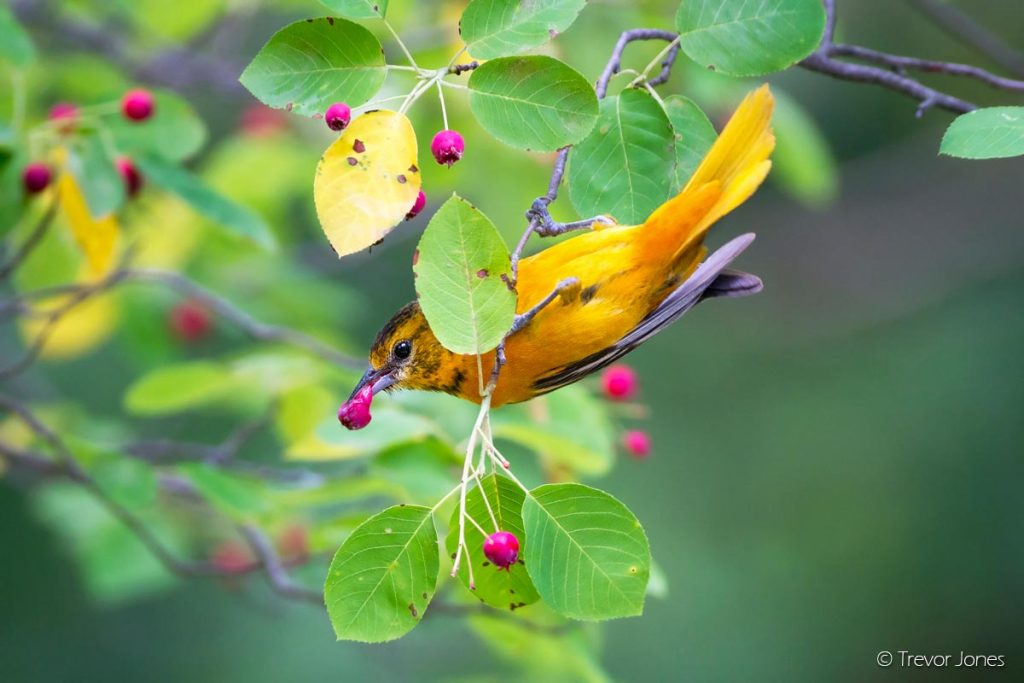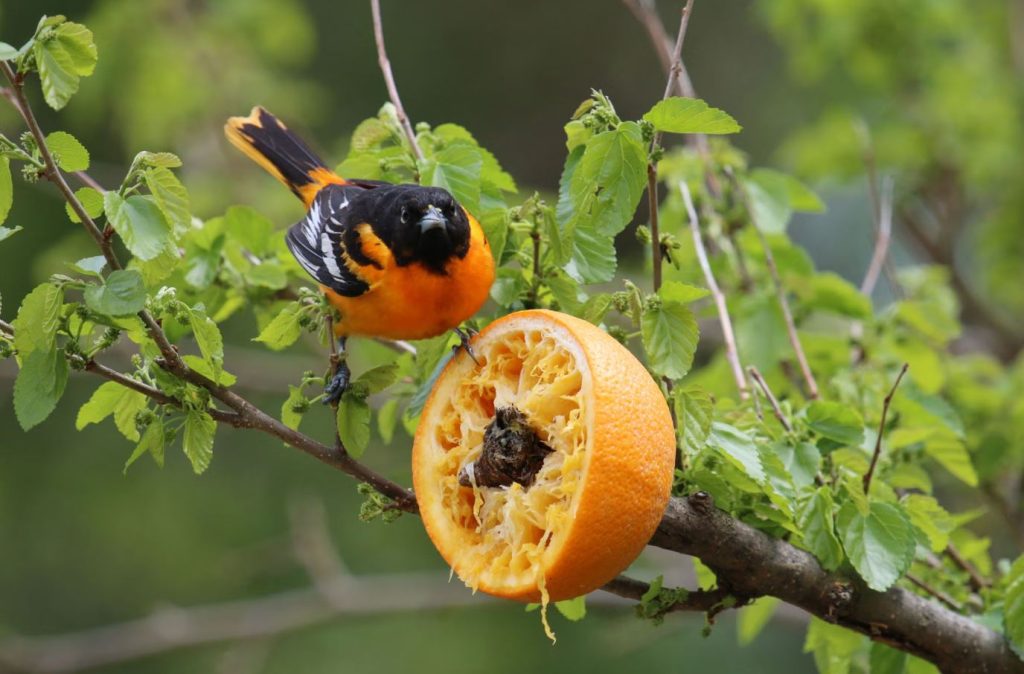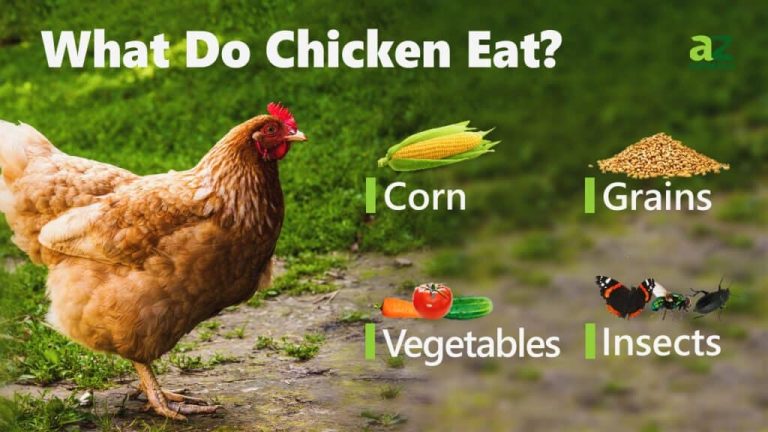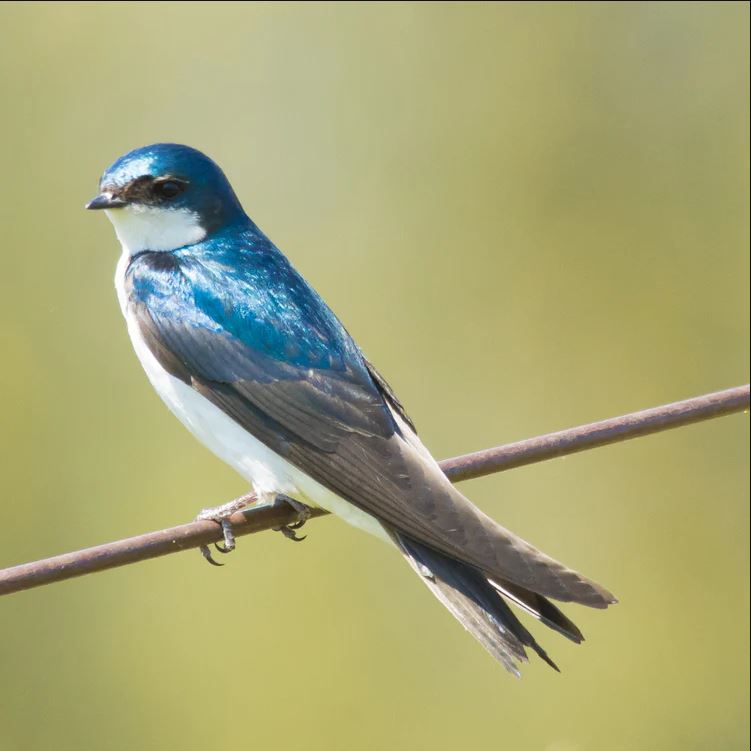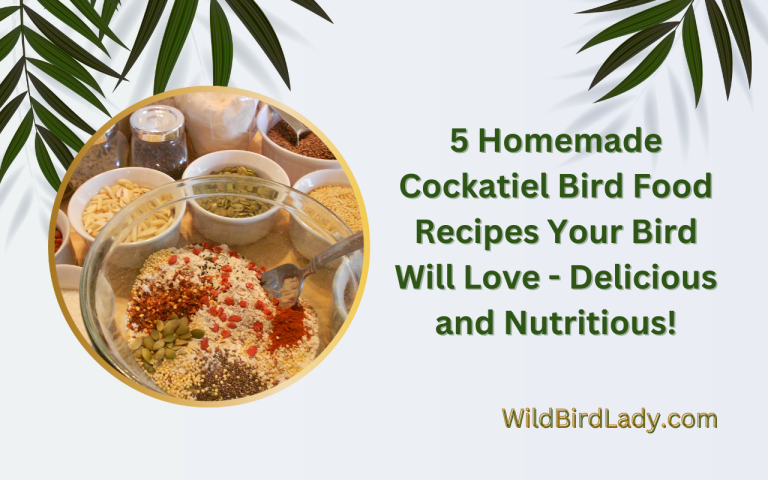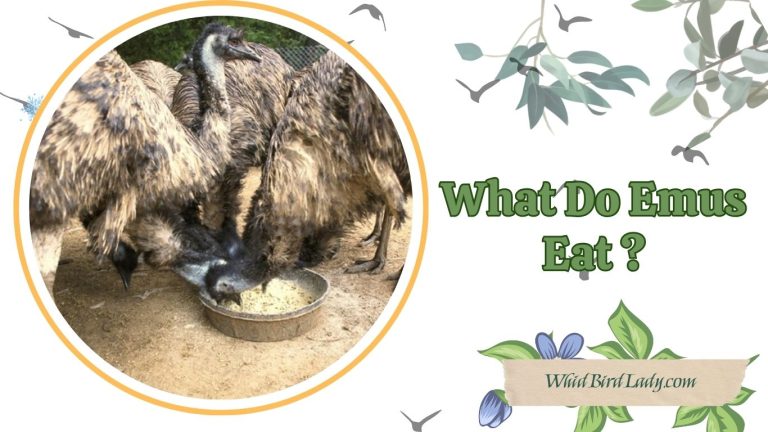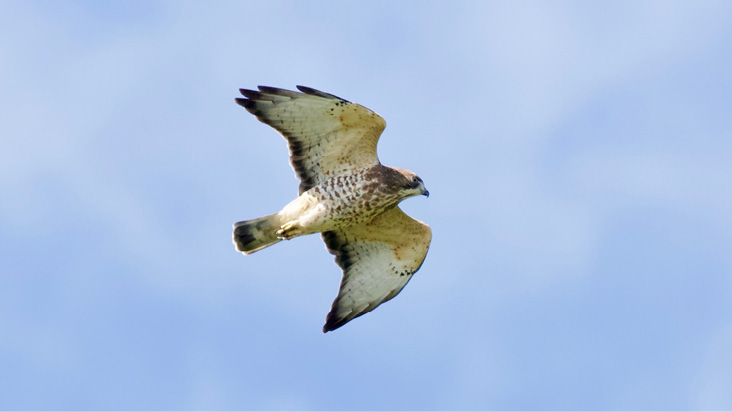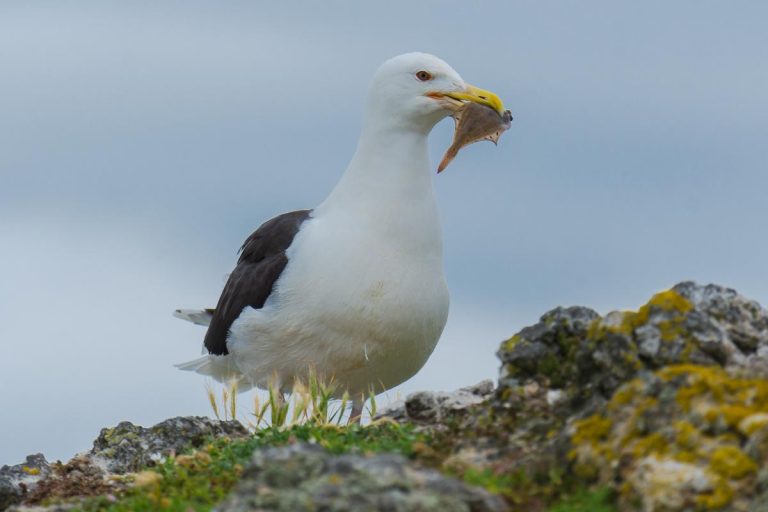What Do Orioles Eat? The #1 Trick to Attract Them to Your Backyard
By Rifat Ahmed – Birdwatching Enthusiast with 13 Years of Experience
There’s something magical about spotting a vibrant oriole darting between tree branches or perching near your feeder. With their fiery orange and black plumage, orioles are among the most sought-after backyard birds in North America. But attracting these elusive songbirds to your yard isn’t just about luck—it’s about knowing their preferences, especially when it comes to food.
So, what do orioles eat? And what’s the #1 trick to get them to visit—and stay—in your backyard?
Let’s explore their diet, feeding habits, and expert tips on drawing them in, all backed by trusted sources like All About Birds.
What Do Orioles Eat in the Wild?
Orioles are omnivorous, but their diet shifts with the seasons. In spring and summer, they favor sugary fruits and nectar, while in the fall, they supplement with insects and even small arthropods to prepare for migration.
Fruits Orioles Love:
- Oranges – Their absolute favorite! Orioles are attracted to the bright color and sweet juice.
- Grapes – Especially dark varieties like Concord.
- Apples – Sliced or halved apples placed in feeders or impaled on tree branches work well.
- Cherries – Orioles are known to peck at cherries right off the tree.
- Bananas – While not their top choice, they’ll snack on soft, ripe ones.
According to All About Birds, orioles are “highly dependent on fruit in early summer, particularly during nesting season, when their energy needs are greatest.”
Insects and Other Protein Sources:
During the breeding season, especially when feeding their young, orioles rely heavily on protein-rich food. Insects provide essential nutrients for baby birds.
Common insect food includes:
- Caterpillars
- Spiders
- Beetles
- Grasshoppers
- Moths
Orioles forage by “gleaning” insects from leaves or catching them mid-air. They’re particularly efficient at plucking caterpillars from tree foliage.
Nectar:
Much like hummingbirds, orioles are nectar lovers. They often sip from tubular flowers and visit hummingbird feeders (provided the ports are large enough).
Flowers orioles favor:
- Trumpet vine
- Honeysuckle
- Bee balm
- Petunias
What Do Orioles Eat in Captivity or in the Backyard?
If you’re aiming to attract orioles, replicating their natural diet is the key. Orioles won’t eat just anything—they’re notoriously picky.
Top Foods to Offer:
- Fresh Oranges (Cut in Half):
This is the gold standard for attracting orioles. Slice them and hang them from tree branches or feeder hooks. - Grape Jelly:
An oriole favorite. Choose natural, no high-fructose corn syrup varieties for better health. Serve a spoonful in a small cup or dish near orange halves. - Sugar Water Nectar:
Use a 1:6 sugar-to-water ratio. Orioles prefer a weaker solution than hummingbirds (who use 1:4). Never add food coloring. - Mealworms (Live or Dried):
Especially in spring when raising chicks. Protein matters, and offering mealworms can be a game-changer. - Specialized Oriole Feeders:
These are orange-colored to match the bird’s preference and often feature jelly wells, fruit spikes, and nectar ports.
Seasonal Changes in Oriole Diet
Orioles don’t eat the same thing year-round. Their diet shifts depending on breeding season, migration, and local availability of food.
Spring (Arrival & Breeding):
- Focused on sugars and fruit.
- Need nectar and jelly to recover from migration.
- Will accept oranges and sugar water readily.
Summer (Feeding Chicks):
- Diet becomes more insect-based.
- Mealworms and protein-rich insects become crucial.
- You’ll notice a decrease in interest in jelly.
Fall (Migration Prep):
- Return to fruits and nectar to fatten up for migration.
- Grapes and berries are ideal during this stage.
Winter (In Southern Range):
- If overwintering in Florida, Texas, or Mexico, they consume tropical fruits, flowers, and insects.
The #1 Trick to Attract Orioles: Serve Oranges and Grape Jelly Early in Spring
When it comes to attracting orioles, timing truly is everything. Over the past 13 years of birdwatching, I’ve tested countless methods—feeder placements, fruit varieties, even bird call playbacks. But if I had to give you just one golden tip, it’s this:
Put out oranges and grape jelly in early spring—before you even see a single oriole.
Here’s why it works so well.
Orioles Are Seasonal Migrants
Most orioles, including the popular Baltimore Oriole and Orchard Oriole, are neotropical migrants. That means they spend winters in Central or South America and migrate north each spring to breed. Depending on your location in the U.S., they typically return between late March and early May.
But orioles don’t dawdle. These birds arrive hungry and alert, searching for high-energy food sources after their long journey. The earlier they find what they’re looking for—especially something sweet and familiar—the more likely they are to settle in.
First Impressions Matter
Orioles are creatures of habit. If they discover your backyard early in the season and find it rich with fresh fruit and nectar, they’ll often return year after year. But if there’s nothing appealing when they arrive, they’ll simply move on to another yard or park with better options.
Putting out orange halves and grape jelly in early spring creates a welcome beacon for orioles. The vibrant orange color catches their eye, and the scent of sweet fruit draws them in. I recommend starting in:
- Late March to Early April in southern states
- Mid to Late April in midwestern and northeastern states
- Early May in northern regions and Canada
Even if it feels early and the nights are still chilly, orioles may already be en route—and you want to be ready.
Don’t Wait Until You See One
A common mistake I hear from new birders is, “I’ll set out oranges once I spot an oriole.” Unfortunately, by then, it may be too late. These birds can pass through in just a matter of days. Unless your yard is already prepared to catch their attention, they may skip over you entirely.
Personally, I always hang my first orange halves around April 10th. In the last few years, I’ve consistently spotted my first oriole between April 15th and 20th. And by having feeders ready before they arrive, I ensure my yard is one of the first stops they make.
Bonus Tip: Use Multiple Feeding Stations
To increase your chances, set up more than one feeding spot:
- Hang orange halves on tree branches with a nail or skewer
- Offer grape jelly in shallow dishes or specialized oriole feeders
- Place feeders in quiet, partially shaded areas where orioles can feed safely
By spreading out feeding zones, you give these shy birds the space and comfort they prefer.
Tips to Make Your Yard Oriole-Friendly
Even the best food in the world won’t attract orioles if your yard doesn’t feel like a safe, resource-rich stopover. These stunning songbirds are surprisingly particular—not just about what they eat, but where they choose to spend their time. If you want to turn your backyard into a reliable oriole hotspot, here’s how to create an environment they’ll love and return to year after year.
1. Use Bright Colors (Especially Orange)
Orioles are strongly visually cued, and nothing grabs their attention more than bright orange. This color mimics the natural look of ripe fruits and signals food availability to these birds from a distance.
Ways to use orange in your yard:
- Hang orange ribbons or fabric strips from tree branches, fences, or feeders. The fluttering movement also helps catch their eye.
- Choose orange-colored feeders. Most oriole feeders are intentionally designed in orange for this reason.
- Paint accessories like old plant hangers, stakes, or even small wooden signs with non-toxic orange paint.
- Impale orange halves on skewers or nails and position them prominently around your garden or deck railing.
A splash of orange serves as a beacon to passing orioles, especially during migration.
2. Provide Fresh, Moving Water
Orioles, like many birds, are attracted not just to food, but to clean, accessible water sources—especially ones that move or sparkle.
Here’s how to provide water that orioles will love:
- Use a shallow birdbath, ideally no more than 2 inches deep.
- Place it in a partially shaded area to keep the water cool and algae-free.
- Add a dripper, bubbler, or small solar fountain to create gentle motion. The sound and glimmer of moving water can lure orioles in even if they don’t spot the food right away.
- Clean the bath every 2–3 days and refill with fresh water.
Remember: water is especially critical during dry spells or hot summer months when natural sources may dry up.
3. Offer Shelter and Natural Nesting Sites
Orioles are not cavity nesters like bluebirds or woodpeckers—they prefer to weave their nests in the outer branches of tall trees, usually 10–30 feet above ground.
To make your yard more inviting for nesting orioles:
- Maintain or plant deciduous trees, especially native species like maple, elm, oak, cottonwood, and sycamore.
- Avoid trimming back trees too aggressively during spring and early summer. Orioles need drooping branches and foliage for safe, concealed nest placement.
- If your yard is lacking tall trees, try to keep adjacent shrubs or lower vegetation for added cover and foraging space.
- Avoid removing spider webs! Orioles often use them as natural “thread” for their woven nests.
Providing shelter not only increases your chance of seeing orioles more frequently—it may even encourage them to nest nearby.
4. Avoid Pesticides and Herbicides
While it might be tempting to spray for bugs or weeds, using chemical treatments is one of the fastest ways to drive orioles away.
Why? Because:
- Orioles rely heavily on insects—especially caterpillars, spiders, and beetles—during the breeding season.
- Pesticides eliminate this vital food source, leaving orioles with nothing to feed their young.
- Some chemicals can also contaminate fruit, nectar, or water, posing a direct health risk to birds.
Instead of spraying, consider natural pest control methods or simply tolerate a few leaf-chewers in your garden—it means your yard is part of a healthy ecosystem orioles can thrive in.
5. Keep Feeders Spotless and Safe
While grape jelly and fruit feeders are incredibly effective, they can also become breeding grounds for bacteria and mold—especially in warm weather. Dirty feeders can harm orioles and drive them away.
Best practices for feeder hygiene:
- Clean jelly and nectar feeders every 2 to 3 days, even if not empty.
- In very hot weather, check daily. Mold can grow surprisingly fast.
- Use hot water and scrub thoroughly, avoiding soap residues that can affect birds’ senses.
- Always rinse well and dry completely before refilling.
If ants or bees become a problem, use ant moats and position feeders away from sunny, open areas where insects thrive.
Keeping your feeders clean isn’t just about bird health—it’s a sign of respect for your backyard visitors, and they’ll reward you by returning often.
What to Avoid Feeding Orioles
Not everything sweet or fruity is safe for orioles. Here are some no-nos:
- Artificial jelly (with high-fructose corn syrup)
- Food coloring in nectar
- Bread or crackers
- Spoiled fruit
- Honey or raw sugar (can promote harmful bacteria growth)
Always prioritize natural, safe options. Orioles are sensitive to chemicals and spoiled food.
Common Questions About Oriole Diets
Do Orioles Eat Suet?
Yes, but only if it’s fruit-based suet. Regular suet blocks intended for woodpeckers or nuthatches may not appeal to orioles.
Will Orioles Use Hummingbird Feeders?
Sometimes, if the feeding ports are wide enough. But it’s better to provide dedicated oriole feeders.
How Long Should I Keep Food Out?
From early spring to late summer. Orioles begin to migrate in late summer, so food interest drops by August in many areas.
Real-Life Success: My Backyard Oriole Visitors
In my own experience in central Pennsylvania, I’ve had the most luck when I start offering orange halves in early April, mounted on tree branches near my deck. By mid-April, I usually spot my first male Baltimore Oriole. Within a few days, a female appears.
Last year, I added mealworms in late May, and for the first time, they nested in a tree two houses down. I got to watch them feed their fledglings daily—a dream moment for any birdwatcher!
Final Thoughts: Let Orioles Feast in Your Backyard
Orioles may seem mysterious, but they’re surprisingly easy to attract once you understand what they eat. From fresh oranges and grape jelly to protein-packed insects during nesting season, their diet is both varied and vibrant—just like their personalities.
By preparing your backyard with the right food and welcoming environment, you might not just attract a passing oriole—you might earn a season-long guest.
If you enjoyed this article, be sure to check out more fascinating reads at wildbirdlady.com.
Read also: Baby Orioles 101: What They Look Like, Eat, and How to Help Them Thrive

